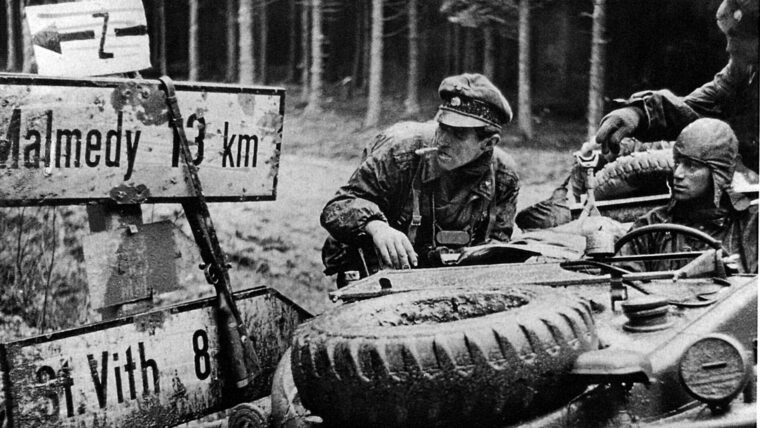
General Jubal A. Early
First Manassas: The Battle of Bull Run
By Earl EchelberryOn March 4, 1861, with war clouds threatening the land, Abraham Lincoln was inaugurated the 16th president of the United States. Read more

General Jubal A. Early
On March 4, 1861, with war clouds threatening the land, Abraham Lincoln was inaugurated the 16th president of the United States. Read more

General Jubal A. Early
On East Cemetery Hill at Gettysburg National Military Park, an equestrian statue of Maj. Gen. Winfield Scott Hancock stands facing west toward the Evergreen Cemetery gatehouse. Read more

General Jubal A. Early
By the early spring of 1865, the Southern Confederacy was on the cusp of extinction. In every theater of the four-year-old Civil War, the gray-clad Rebels were getting the worst of things. Read more

General Jubal A. Early
Following the completion of Union Maj. Gen. George B. McClellan’s unsuccessful Peninsula campaign earlier in the month, General Robert E. Read more

General Jubal A. Early
Word spread like wildfire through the camps of the Army of the Potomac during the second week of November 1862: “Little Mac” was out, “Old Burn” was in. Read more

General Jubal A. Early
Phil Sheridan had a bad feeling. The bantam-sized Union general always trusted his instincts, and now, in mid-October 1864, those instincts were telling him that trouble was brewing back at the front, where his Army of the Shenandoah was encamped near Cedar Creek, Virginia, resting and relaxing after a busy few weeks burning civilian farms and slaughtering thousands of head of livestock from Staunton north to Woodstock. Read more

General Jubal A. Early
Napoleon Alexandre Duffie was born on May 1, 1833, in Paris, France. His father, Jean August Duffie, was a prosperous sugar refiner and mayor of the village of La Ferte-sous-Jouarre. Read more

General Jubal A. Early
The Confederate II Corps commander was as bruised and tired as the troops in his command by the late afternoon of July 1 at the strategic Pennsylvania crossroads town of Gettysburg. Read more

General Jubal A. Early
The Chancellorsville campaign has been called many things, from “a stupendous defeat” for the curiously cautious “Fighting Joe” Hooker, to Robert E. Read more

General Jubal A. Early
Despite roughly 50,000 casualties reported on both sides during the Battle of Gettysburg, there was only one reported civilian casualty: Mary Wade, a seamstress, was hit by a stray bullet while making bread in her kitchen. Read more

General Jubal A. Early
The White House was a somber place in the summer of 1862. The Civil War was in the midst of its second costly year, and the Union armies had yet to win a significant victory in the eastern theater. Read more

General Jubal A. Early
The city of New York provided more regiments than did many states during the Civil War, and the deeds of several of its regiments, such as the 9th New York “Hawkins’s Zouaves,” 39th New York “Garibaldi Guard,” and 42nd New York “Tammany Regiment” are well known. Read more

General Jubal A. Early
The unrelentingly harsh winter of 1864-1865 gave no respite to Virginia’s war-torn Shenandoah Valley. Heavy snows and frigid temperatures made travel difficult, and the two opposing armies found themselves literally frozen into place, 90 miles apart and in no particular hurry to get at each other again before the weather broke. Read more

General Jubal A. Early
The citizens of Gettysburg, Pennsylvania, awoke one morning in late June 1863 to find the Civil War literally at their doorsteps. Read more

General Jubal A. Early
Out of the mist on the rolling ground of the Shenandoah Valley the bulk of the Confederate Army bore down on the Union left flank on the morning of October 19, 1864. Read more

General Jubal A. Early
Union Maj. Gen. Ambrose Burnside was prone to dithering. The vanguard of his 120,000-strong Union Army had arrived in Falmouth on the north bank of the Rappahannock River opposite Fredericksburg on November 14, 1862. Read more

General Jubal A. Early
In the early morning of December 16, 1944, 80-man German shock companies from the 5th Panzer Army slipped toward the American lines in the Ardennes region under the cover of heavy fog. Read more